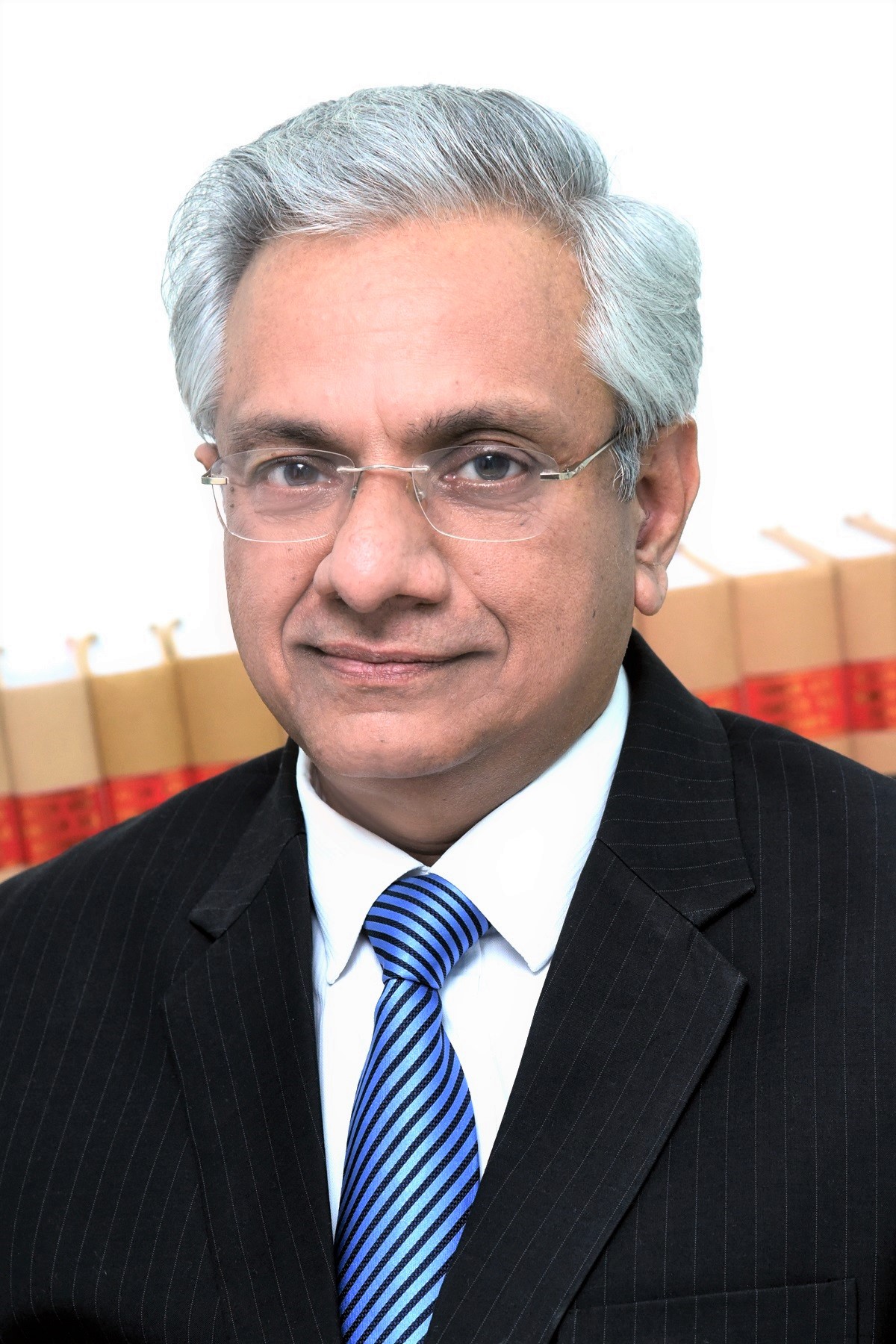| Article Section | |||||||||||
|
Home |
|||||||||||
Amendments in the Composition Scheme for Works Contract Dealers under the Delhi VAT w.e.f. 01.10.2013 - Highlights |
|||||||||||
|
|||||||||||
Amendments in the Composition Scheme for Works Contract Dealers under the Delhi VAT w.e.f. 01.10.2013 - Highlights |
|||||||||||
|
|||||||||||
Amendments in the Composition Scheme for Works Contract Dealers under the Delhi VATVide Notification No. 3(5)/Fin.(Rev-I)/2013-14/dsvi/801 dated 30.09.2013 with effect from 01.10.2013HIGHLIGHTSby Rakesh Garg, Author & Consultant1. The composition scheme, notified vide No. 3(13)/Fin.(rev-1)/2012-13/dsvi/180 dated 28.02.2013 (effective from 01.04.2013), issued u/s 16(12) of the DVAT Act for works contract dealers has been modified vide present notification. 2. The dealers are allowed to withdraw from composition scheme only from the beginning of the financial year. However, in view of the amendments by the present notification, they may -
3. The Composition dealer shall be eligible to opt for only one of the Scheme, i.e. Scheme “A” or Scheme “B”, for all categories of works contracts to be executed by him in the financial year. 4. Limit for purchases from unregistered dealers has been increased to 5 percent (earlier 2 percent ) of total purchase turnover during the year, or Rs.50 lacs (earlier limit of Rs.25 lacs), whichever is lower. 5. In case, a composition dealer fails to comply with the stipulated conditions of the Scheme: Earlier - entire amount deposited was to be forfeited; Now - forfeiture would be restricted to the extent of 50 percent . 6. The contractor, who was paying tax under the normal scheme, is required to pay tax on the entire opening stock held on the date of option for the composition scheme. This amendment will enable the contractor (opting for this Scheme w.e.f. 01.10.2013 or any subsequent financial year) to adjust his “carry forward amount as per DVAT-16” against “the amount payable as per SS-01”; and to carry forward (or claim refund) the remaining amount, if any, in the subsequent tax periods. For example, on the date of option, a dealer is liable to pay tax of Rs. One lakh on his stock on 01.10.2013. He has carry forward amount of tax of Rs. Three lakhs on 30.09.2013. He may adjust his liability of Rs. One lakh from his carry forward amount as per DVAT-16; and remaining Rs. Two lakhs may be claimed as refund, or carry forward to the subsequent tax periods. 7. If a dealer shifts from scheme “B” to “A”, he shall pay tax on his entire stock on the date of option at the rate specified in section 4 of the Act. It may be noted that such dealer is required to pay tax even on goods purchased within Delhi on which he has not claimed any input tax credit at the time of purchase (since at that time also, he was under the composition scheme). 8. Cases where main-contractor (MC) and sub-contractor (SC), both are under the composition scheme: Earlier, SC could deduct amount of turnover based upon CC-01 issued by MC. Now, SC shall be eligible to deduct the amount of tax :- To be computed on the amount paid to him by MC as mentioned in CC-01, at lower of the two rates of composition : one opted for by MC, and second by SC. In short, SC could claim deduction, at the most, for the amount of tax paid by MC on such turnover (instead of entire turnover stated in CC-01). For example, MC has issued Form CC-01 for Rs.1,00,000/- to his SC. The MC has opted for composition scheme at the rate of 3 percent , whereas SC has opted for composition scheme of 6 percent . In such a case, SC shall be eligible to claim exem-ption of Rs.3,000/- [1,00,000/- *3 percent (lesser rate of tax)] from his liability of Rs.6,000/- (6 percent of Rs.1,00,000/). The Reason: Where MC and SC are paying tax at the same rate, there would be no impact. But, where SC is paying tax, at a higher rate of tax than MC; say, SC at the rate of 6 percent and MC at the rate of 3 percent : - If SC is allowed deduction of turnover stated in CC-01, then SC would get benefit of 6 percent of the turnover, whereas MC has paid only at the rate of 3 percent . To remove this anomaly, this amendment has been carried. Further, MC shall be required to deduct VAT-TDS at the differential rate, i.e. 3 percent (6 percent - 3 percent ) on Rs.1,00,000/- (earlier, in such cases, no tax was required to be deducted by MC). 9. Other provisions of the Notification dated 28.02.2013 would remain same. x---------x----------xDisclaimer:This Paper contains personal views of the author and has been prepared for academic use only. However, for authentic legal interpretation, please refer to aforestated Notification dated 30.09.2013. Errors or omission may kindly be brought to the notice of the author. Author may be contracted at # 9810216270; ssarca.rgarg at the rate of gmail.com
By: Rakesh Garg - October 3, 2013
|
|||||||||||
| |
|||||||||||


